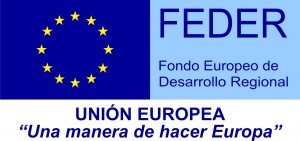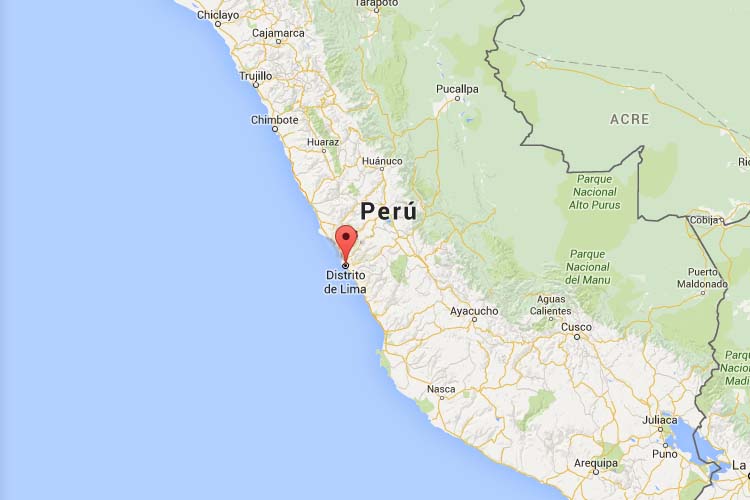The Lima Mint (Casa de Moneda), the oldest in the Viceroyalty of Peru, was authorised by Royal Decree on 21 August 1565 and began minting coins in September 1568. In 1572 Viceroy Toledo decided to move it to Potosí, near the mines where the metal came from. In the end, however, it was never closed. In 1573 part of the tools were first taken to La Plata (later called Charcas, now Sucre) to found a new mint there, and in 1574 it was transferred to the city of Potosí. The mint reopened again in 1577 and closed permanently in 1587. Although a minting was made in 1592, possibly with remaining material.
Due to the great fraud committed at the Potosí mint and the subsequent shortage of coinage, Viceroy Luis Enríquez de Guzmán, Conde de Alva de Aliste, decided to start up the Mint (Casa de Moneda) in Lima again illegally, without prior royal authorisation. At the city council session on 10 December 1658, four people appointed by the viceroy occupied the positions of the new mint. On 21 January 1659, the treasurer Juan de Figueroa made the first draw of reales. It was closed shortly afterwards in 1660 by order of Philip IV as soon as he heard of its reopening.
On his arrival in Lima at the end of 1681, the Duke of Palata, Don Melchor de Navarra y Rocaful, the 22nd Viceroy of Peru, took an interest in reopening the mint. On 20 November 1682 he wrote a long report to the king detailing all the advantages of establishing a mint in Lima. The explanations given by the viceroy were sufficient for Charles II, by Royal Decree on January 6, 1683, to authorize the opening of the Mint (Casa de Moneda). The Mint (Casa de Moneda) opened on 1 December 1683 and began minting coins on 7 January 1684. The mint was very active. By May of the following year, and according to the treasurer Francisco Pita, more than three and a half million pesos in silver had been minted. Also, according to the books Memorias de los Virreyes que han gobernado el Perú (Memoirs of the Viceroys who have ruled Peru), gold work began in mid-1696 with production of all values (1, 2, 4 and 8 escudos). During this period, the administration of the mint was in the hands of Treasury Administrators until 1704, when the administration was bought by the Counts of San Juan de Lurigancho.
In 1746, the Crown sent the Cordovan Andrés de Morales y de los Ríos Ramírez de Arellano to Mexico City to learn about round coinage on the spot.
Two years later, the Lima Mint (Casa de Moneda) was incorporated into the Spanish Crown and Morales was transferred to the mint on 25 May 1748 as superintendent. He placed personnel brought from Mexico in positions of trust and ordered the cessation of minting on behalf of private individuals and took charge of the treasury. The Mint (Casa de Moneda) was in ruins after the earthquake of Friday 28 October 1746, so Morales commissioned his architect Salvador Villa to construct a new building on the same site, to which three more adjoining buildings were added. The foundation stone was laid on 2 November 1748 and the work was completed in 1760.
Until 1751, coins continued to be struck with a hammer, while the workers installed the equipment to be able to make round serrated-edge coins. In April 1950 the mill and the three flyers made in Guayaquil arrived, and by September everything was ready, except for the dies. On 31 October 1751, ten dies for gold and silver, completely oxidised, arrived from Madrid in two small boxes. On 20 November, Morales reported on the work of the cutters who continued to prepare the dies for which partial punches were used, which he himself had taken the precaution of bringing from Mexico, as the dies from Madrid were unusable. Round coins began to be minted in 1751 with the new design of two globes flanked by the Pillars of Hercules, known as Columnarias. These coins were minted until 1772. From 1751 onwards, the so-called busts with the effigy of the monarch also began to be minted, the first dies being destroyed on 13 February 1753.
During the reign of Charles III, a new type of design was adopted for silver coins with the laureate bust of the monarch. The first coins of Charles IV appeared with the image of Charles III, until the new dies arrived. Similarly, when Ferdinand VII took the Spanish throne in 1808, as the new dies were slow to arrive, they decided to mint with an imaginary bust of the king. Hence, those issued in Lima between 1808 and 1811 are known as the Busto limeño. As early as 1810 coins began to be minted with the authentic bust of Ferdinand VII.
When the Independence of Peru was declared in Lima on 28 July 1821 by General José de San Martín, the royalists fled to Cuzco and took part of the machinery of the Lima Mint (Casa de Moneda). During that year the patriots continued to mint coins with the bust of Ferdinand VII. In 1822 they minted coins for the first time with the first national coat of arms designed by San Martín. In June 1823, the royalists occupy Lima, retake the Mint (Casa de Moneda) and mint silver coins again with the bust of Ferdinand VII. In 1824, 8 reales were minted and the Free Peru coins minted between 1822 and 1823 were stamped with a crown and the date 1824 to indicate that the royalists were once again in power.
After the Battles of Junín and Ayacucho in 1824, independence was consolidated. The Peruvian government once again took control of the Mint (Casa de Moneda), but it was not until 1825 that any Peruvian coins were minted. In 1830, the first regulation of the National Mint was issued, establishing that the Ministry of Finance would oversee its management. In 1858, the old flyers were replaced by modern automatic presses. In 1922, when the Central Reserve Bank was created, part of the coins issued were produced at the National Mint.
The Lima Mint
| South America | |
| Perú | |
| Lima | |
| Lima | |
| 1568 | |
| 1824 |
Historical review
Actual state
The Mint (Casa de Moneda) of Lima, today known as the Casa Nacional de Moneda, continues to produce coins for Peru today. It is located on the corner of Jr. Junín and Jr. Paruno. The building houses the Numismatic Museum of Peru.
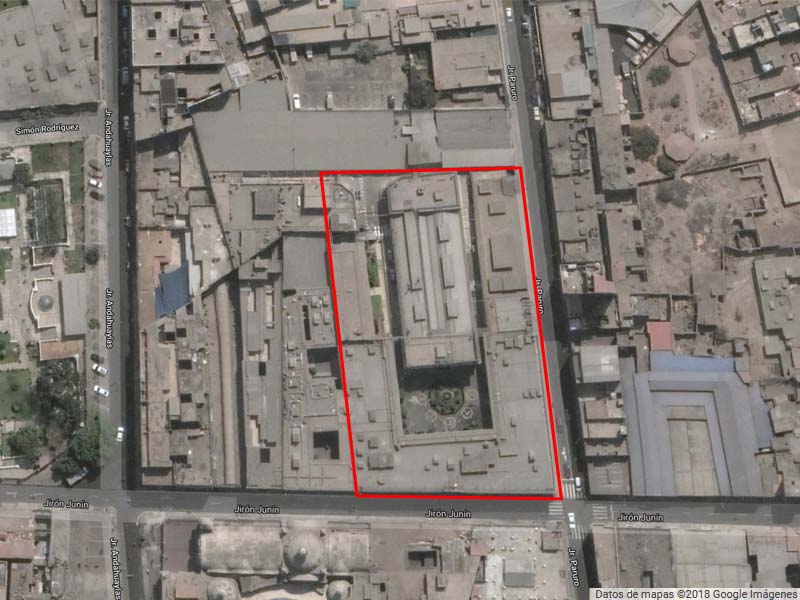

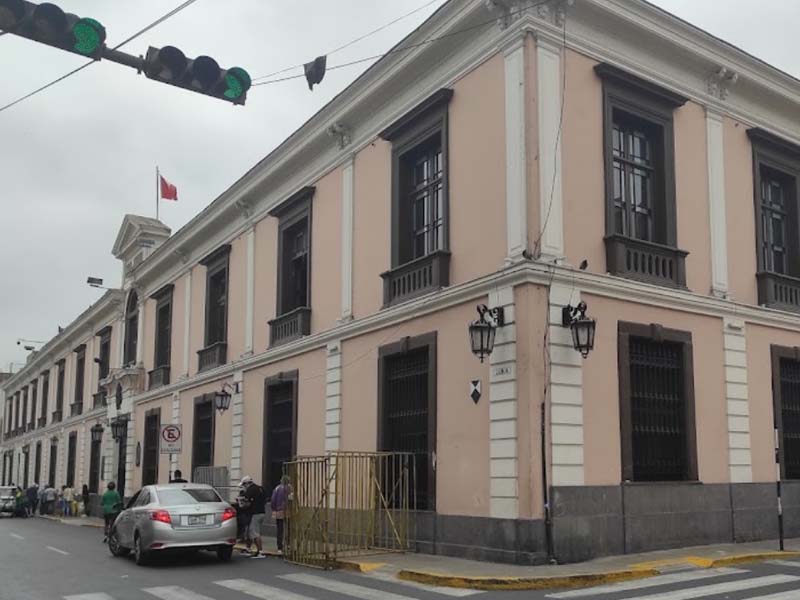
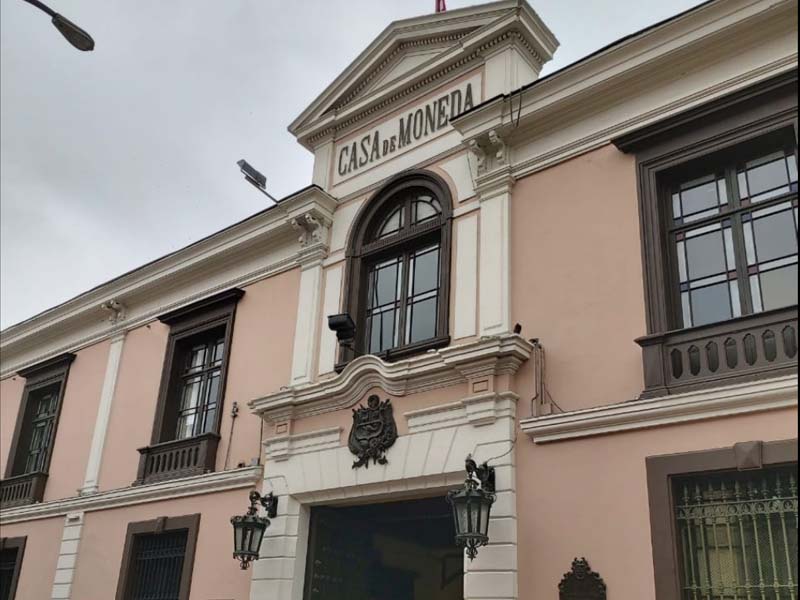
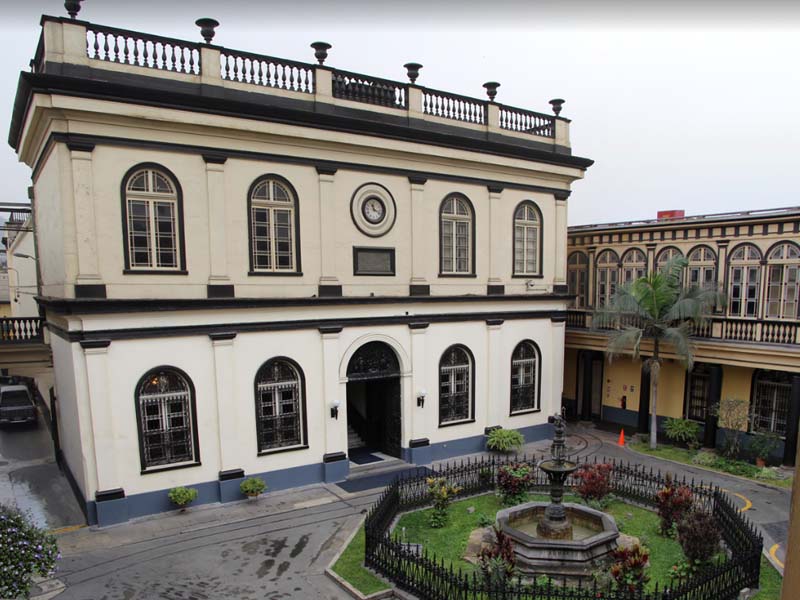
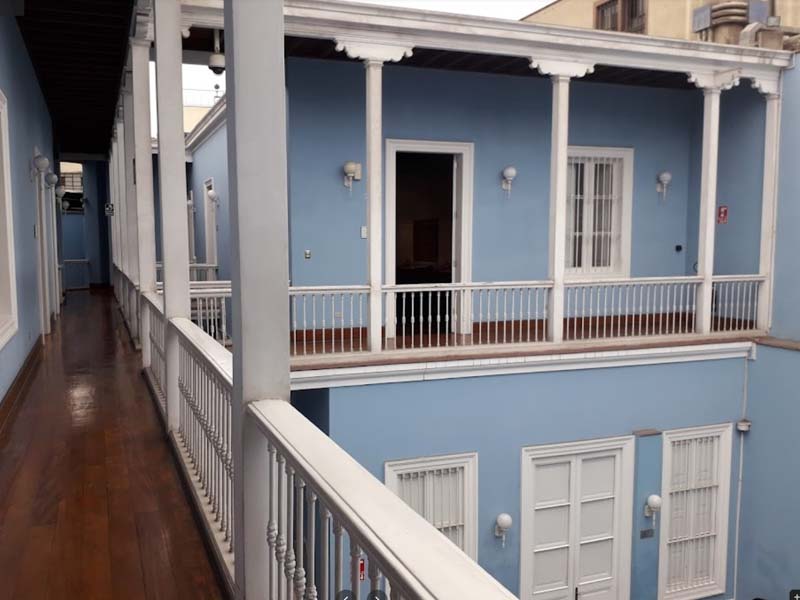
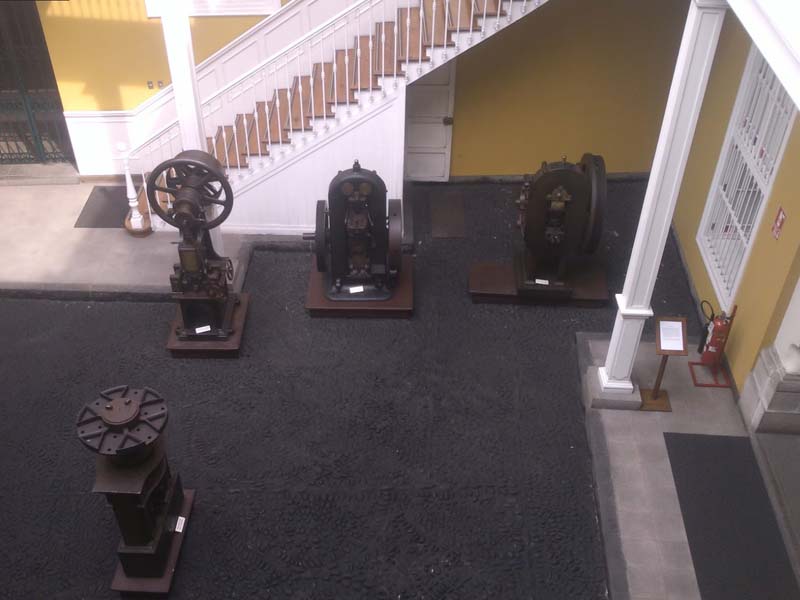
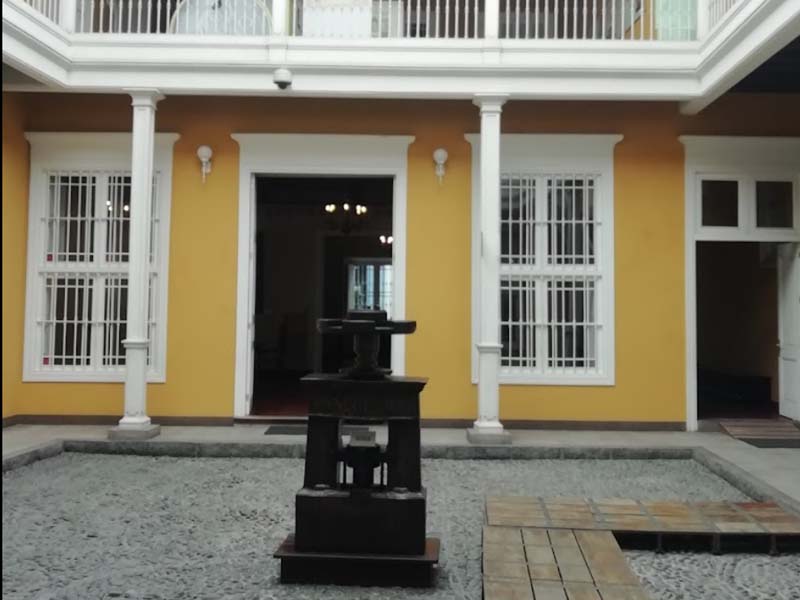
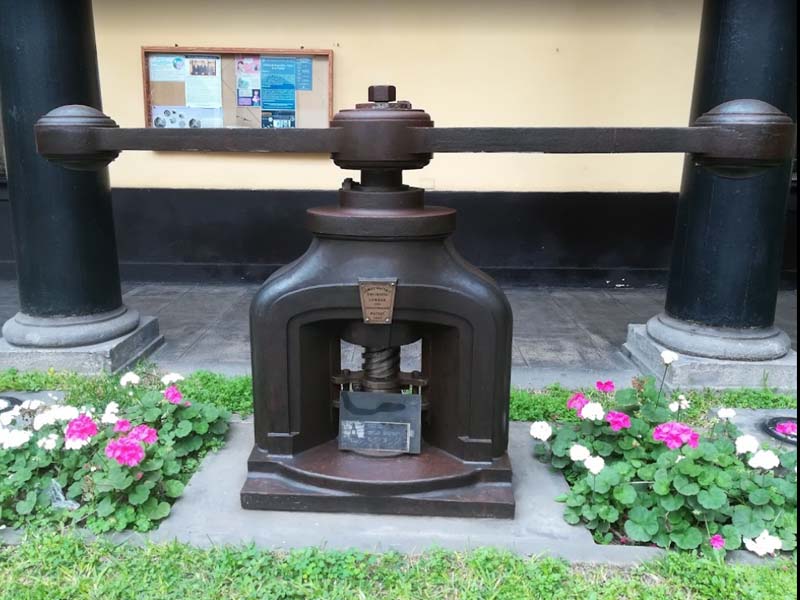









Source: Las Casa de Moneda españolas en América del sur. (Eduardo Dargent); La casa de Moneda de Lima en su primera fundación. (Manuel Moreyra y Paz Soldán); Superintendentes administradores, ensayadores y grabadores en las cecas del Perú Virreinal, 1800-1826. (Ricardo Iván Álvarez Carrasco); Casa Nacional de Moneda (Banco central de reserva del Perú);
El Circulante en el Perú de 1821 a 1826. (Pedro de la Puente Jerí)
Type of coinage
| Period | Gold | Silver | Copper | |
|---|---|---|---|---|
| Fernando VII | 1808-1833 | |||
| Carlos IV | 1788-1808 | |||
| Carlos III | 1759-1788 | |||
| Fernando VI | 1746-1759 | |||
| Luis I | 1724-1724 | |||
| Felipe V | 1700-1746 | |||
| Carlos II | 1665-1700 | |||
| Felipe IV | 1621-1665 | |||
| Felipe II | 1556-1598 | |||
Source: eNumismatic (José David Rodriguez Soage).
Mint die-sinkers and assayers
| Mark | Period | Names |
|---|---|---|
| R | 1568 (Septiembre) - 1570(a finales) | Alonso de Rincón |
| X | 1570 (Noviembre) - 1571 (Marzo) | Xinés Martinez |
| X | 1572 | Xinés Martinez |
| D | 1577 (Septiembre), 1589 (principios) | Diego de la Torre |
| I? | 1592 | Jácome Bricanino? |
| V | 1659-1560 | Francisco Villegas |
| V | 1684, 1689, 1692-1693 | Juan de Villegas |
| R | 1685-1688, 1690-1691 | Miguel de Rojas Páramo |
| M | 1694 | ? |
| R | 1695, 1699 | Miguel de Rojas |
| H | 1696-1698, 1700-1705, 1707-1711, 1720 | Francisco Hurtado |
| R | 1706 | Leonardo de Rojas |
| M | 1709-1711-1728 | Cristóbal Cano Melgarejo |
| V | 1720-1721 | ? |
| N | 1728-1741, 1743 | Joaquín Negrón |
| V | 1739-1748 | ? |
| R | 1748-1752 | ? |
| J | 1751-1753 | José Rodríguez Carasa |
| JD | 1754-1755 | José Rodríguez Carasa - Domingo Eyzaquirre |
| JM | 1755-1774 | José Rodríguez Carasa - Manuel Iglesias Abarca |
| MJ | 1773-1780 | Manuel Iglesias Abarca - Juan Martínez de Rosas |
| MI | 1780-1787 | Manuel Iglesias Abarca - Ignacio Zerón Gálvez |
| IJ | 1787-1803 | Ignacio Zerón Gálvez - Juan Martínez de Roxas |
| JI | 1797 | Juan Martínez de Roxas - Ignacio Zerón Gálvez (Posible error del grabador) |
| JP | 1803-1823 | Juan Martínez de Roxas - Pablo Cano Melgarejo |
| JM | 1824 | Juan Martínez de Roxas - Manuel Rodríguez |
Source: Glosario de Maestros de Ceca y Ensayadores. (Josep Pellicer i Bru), 1997.
Author:
2021-09-03 .
